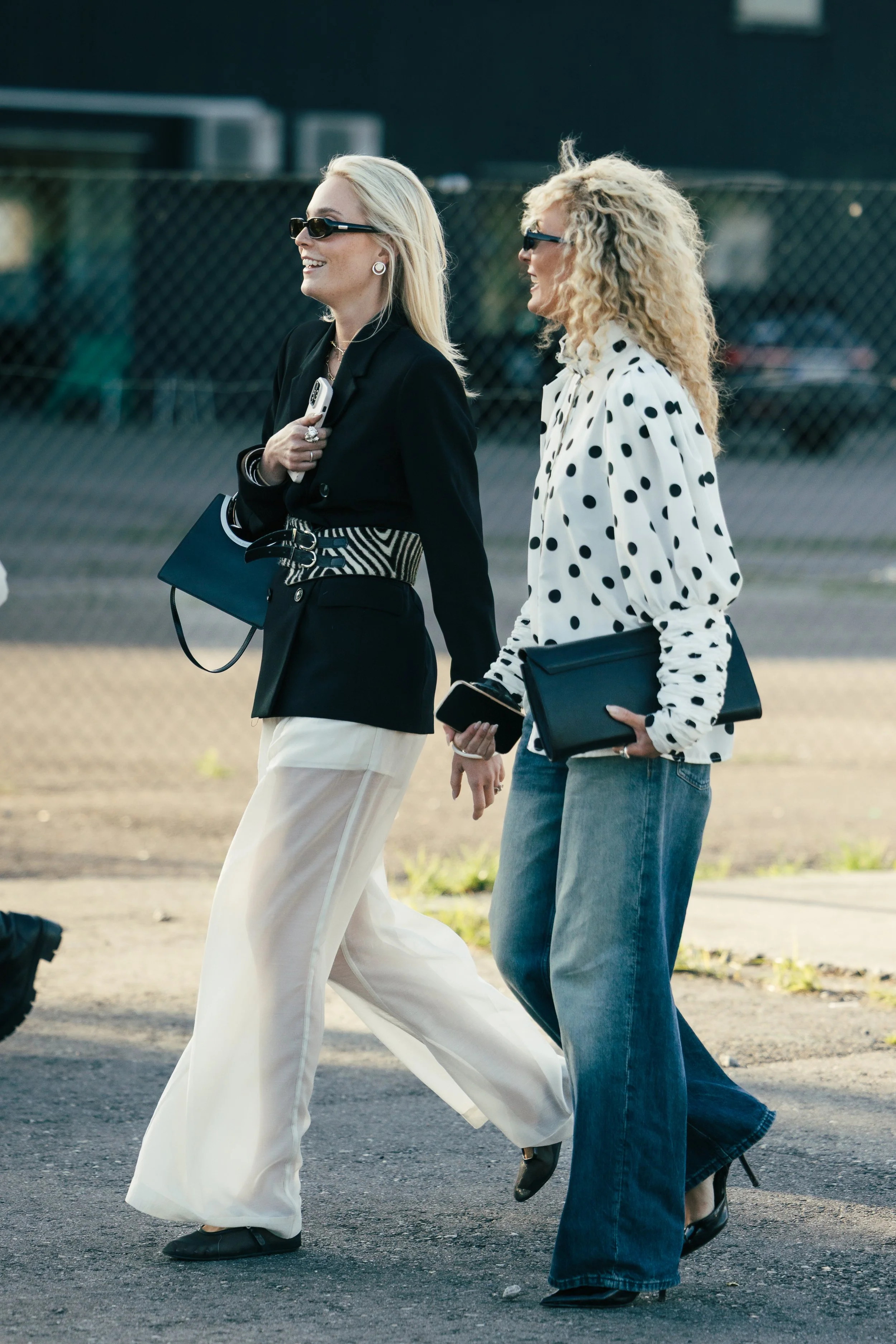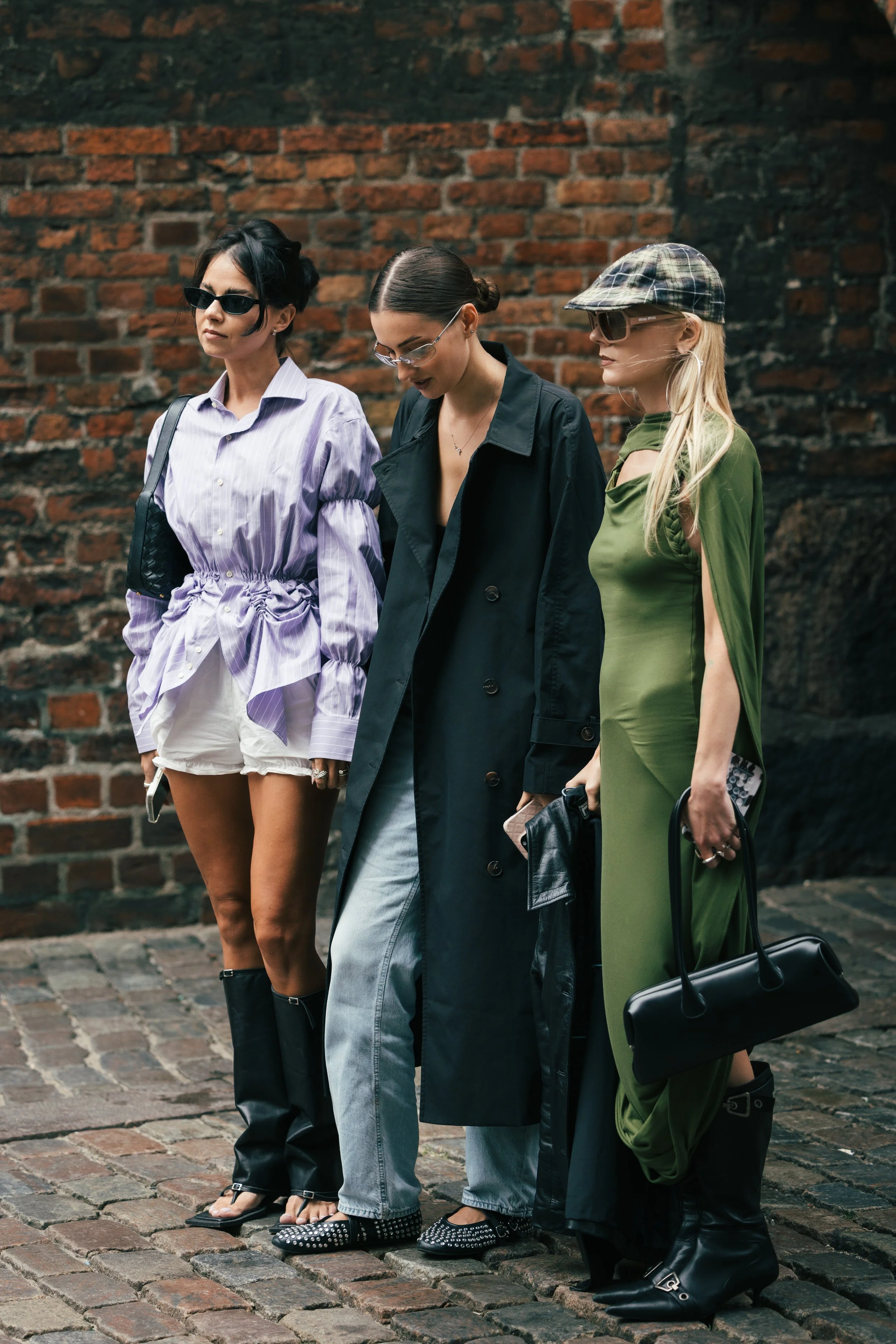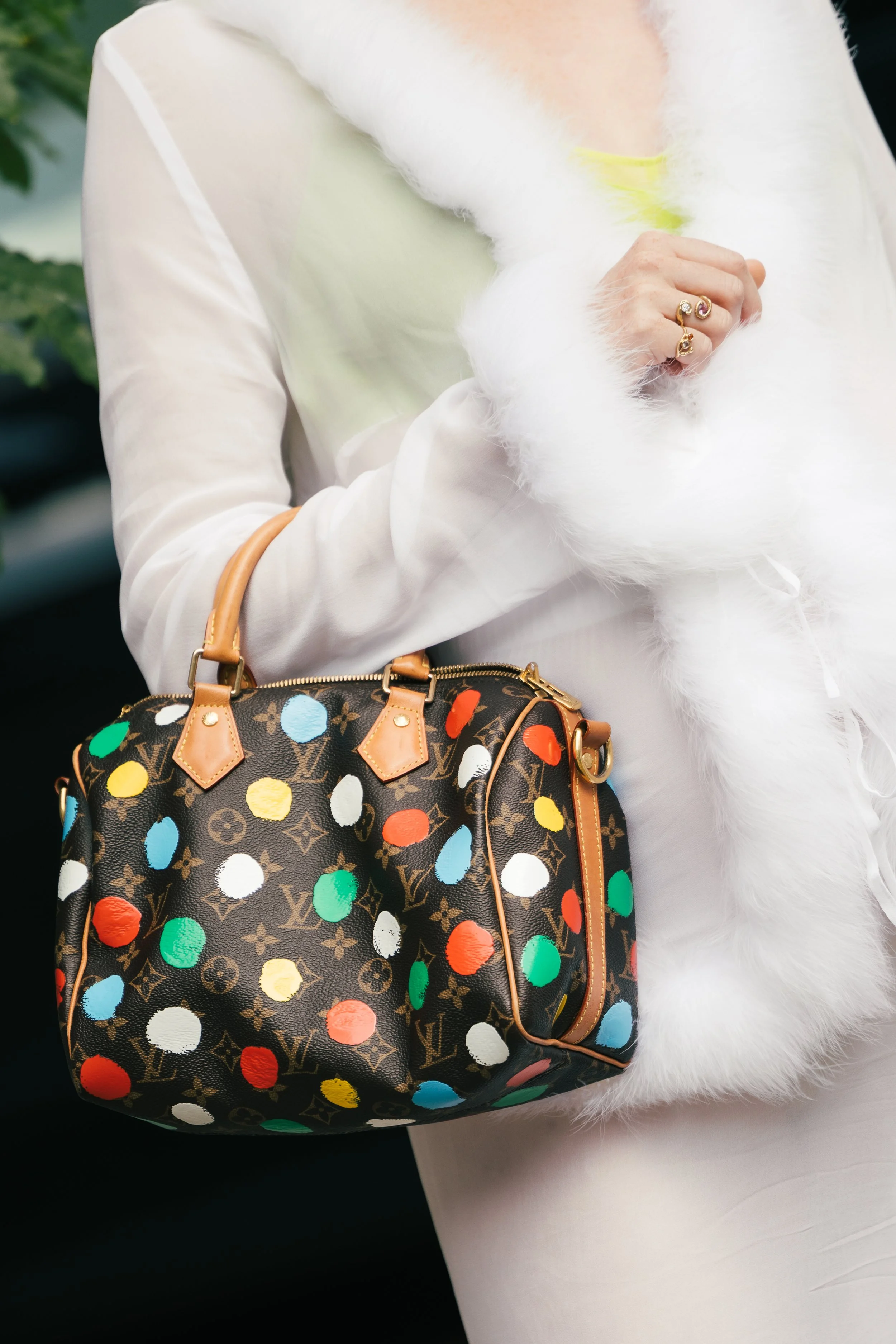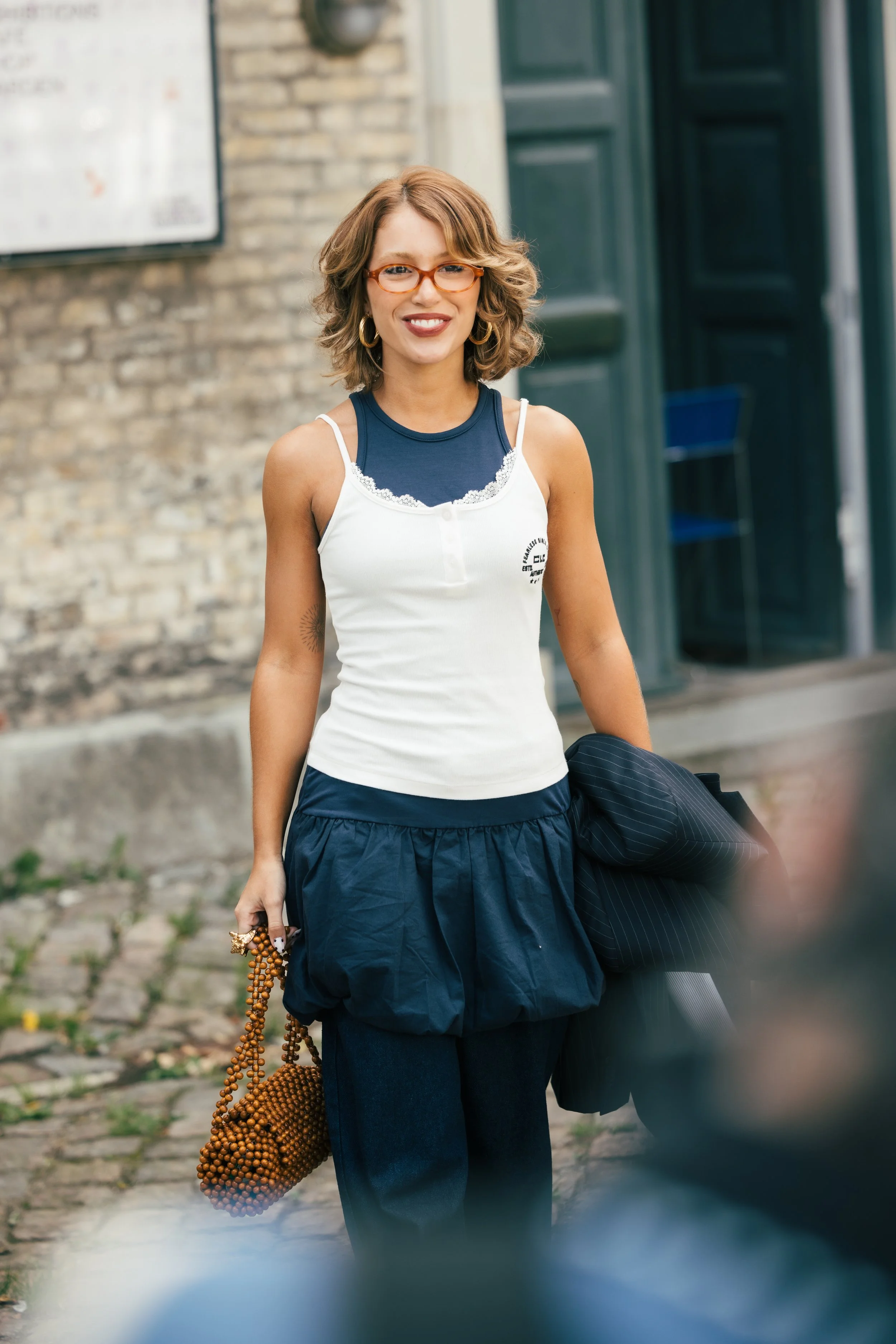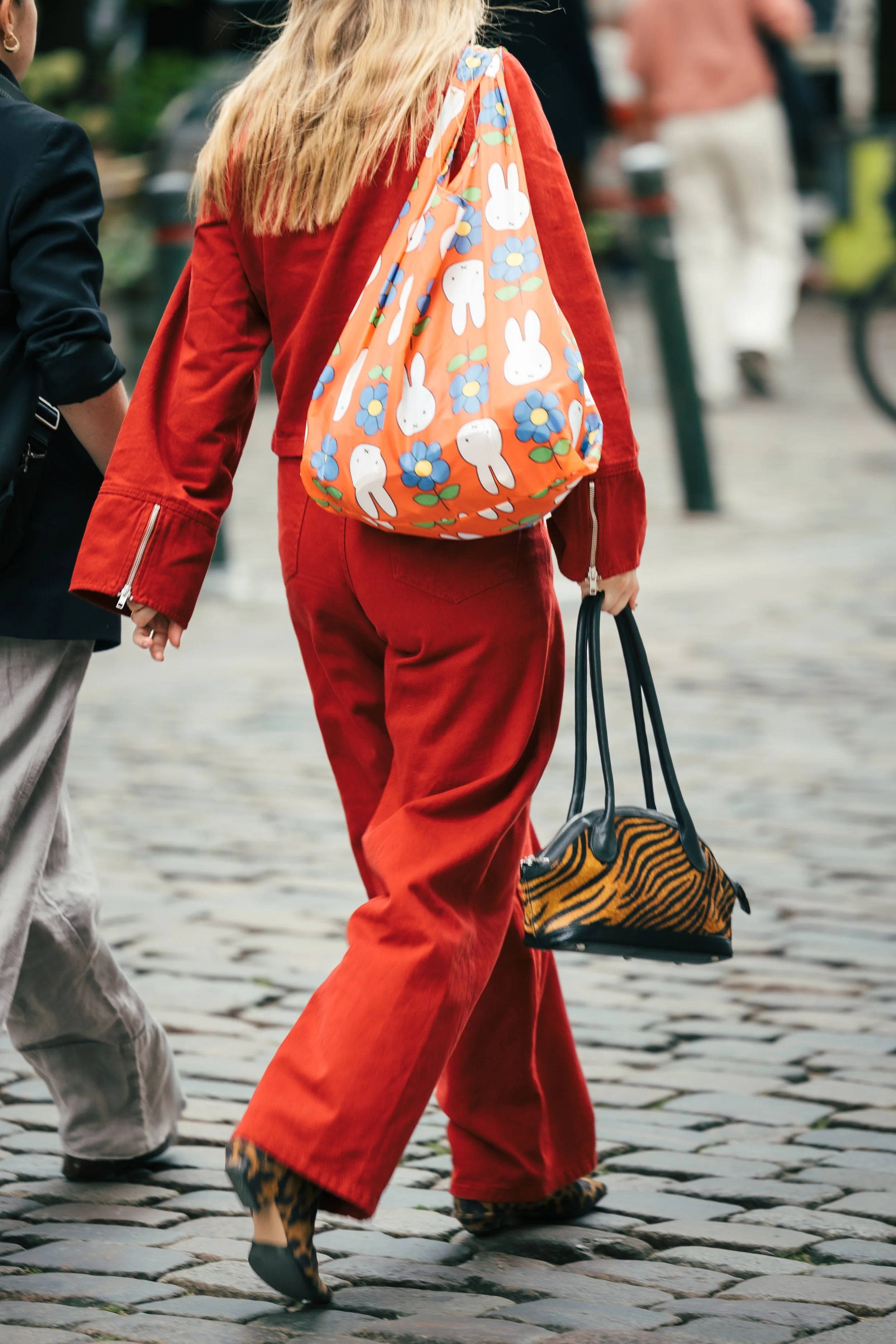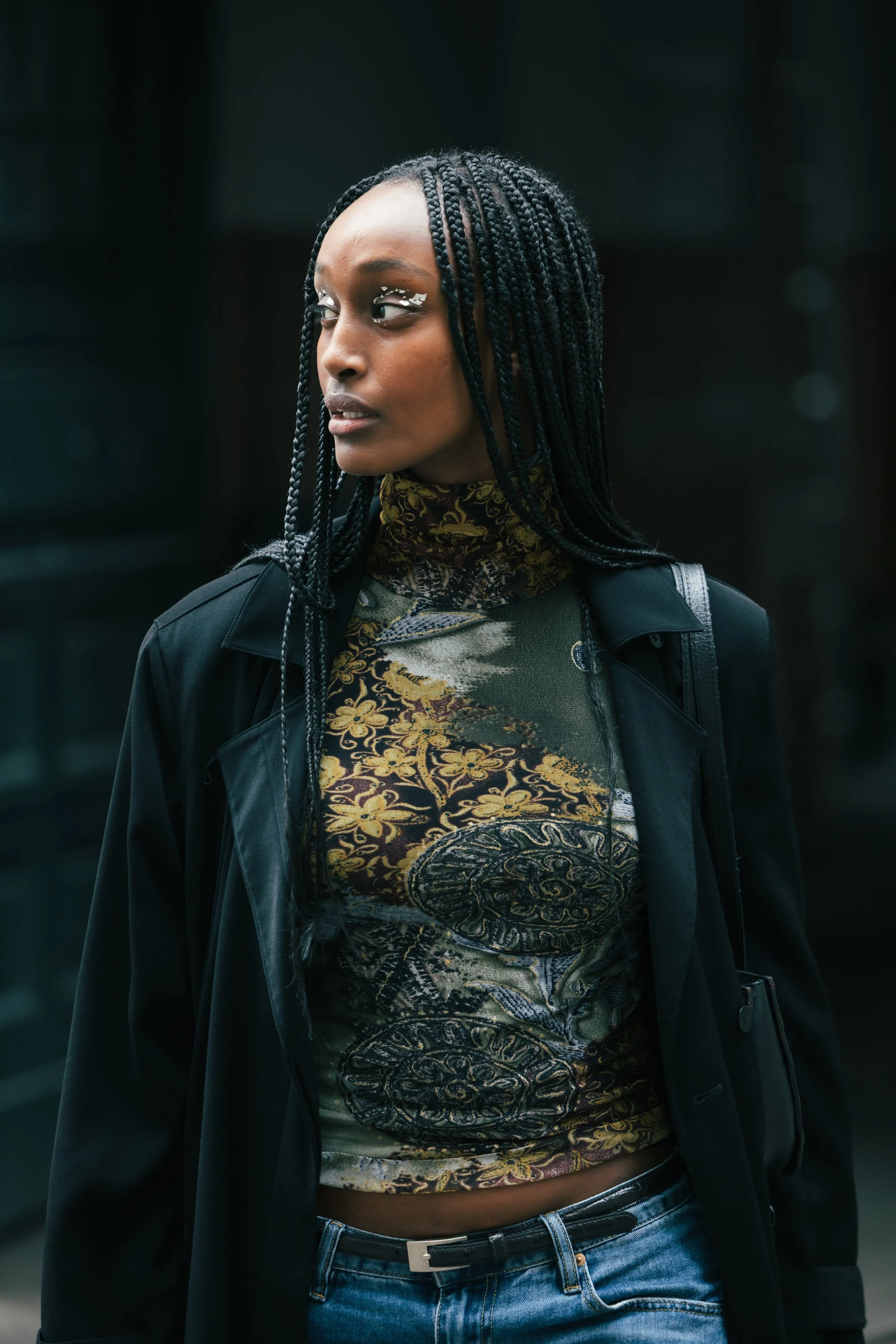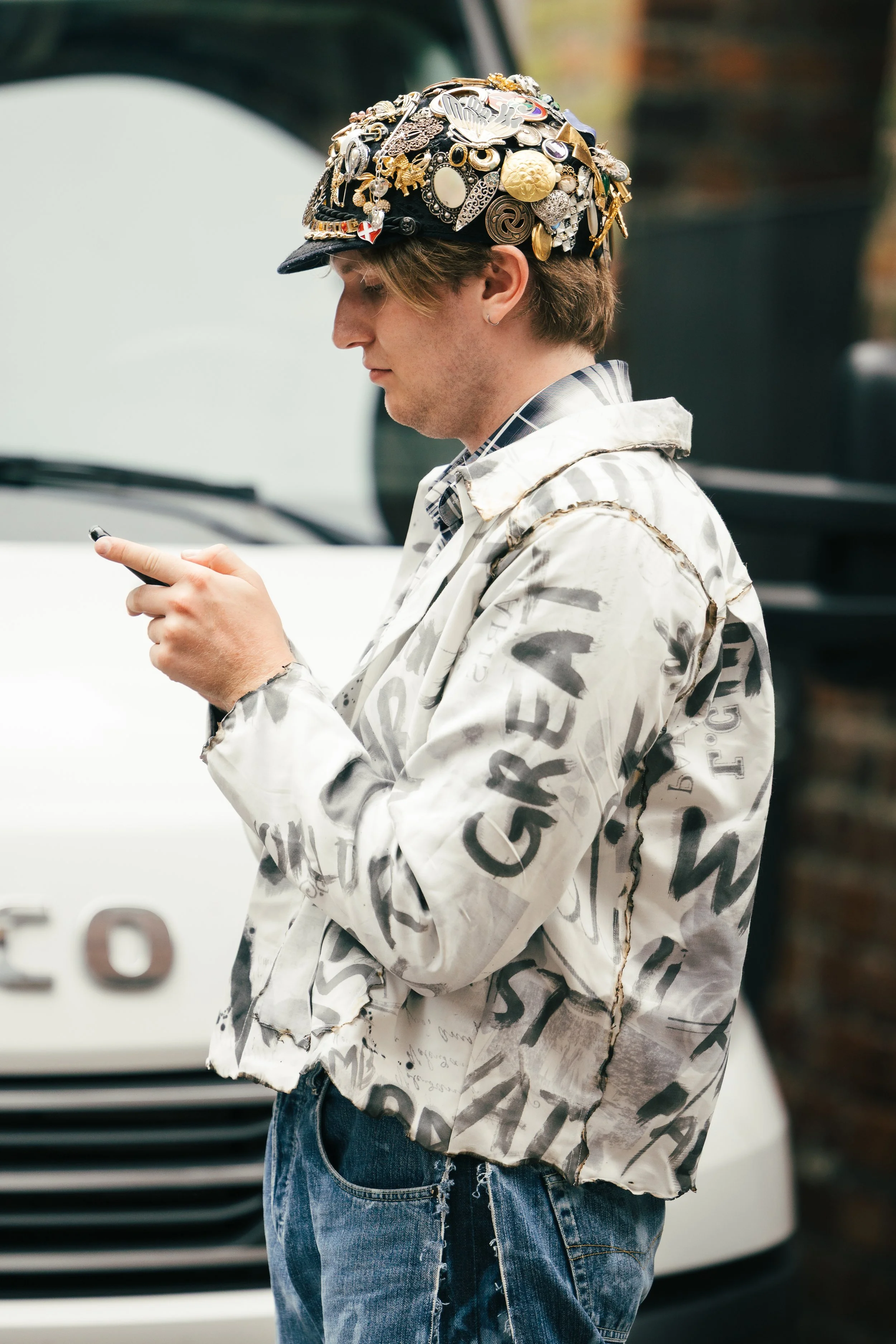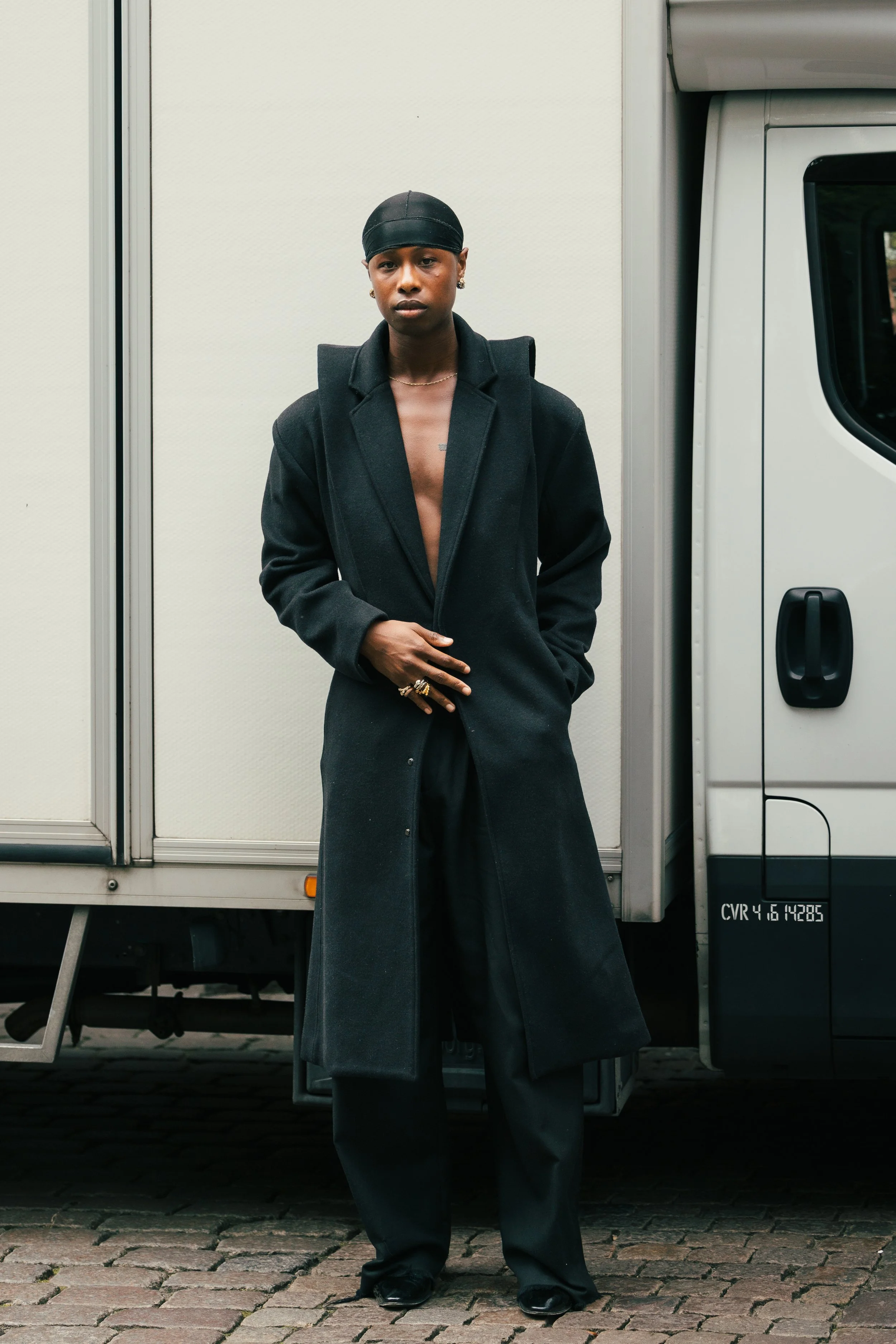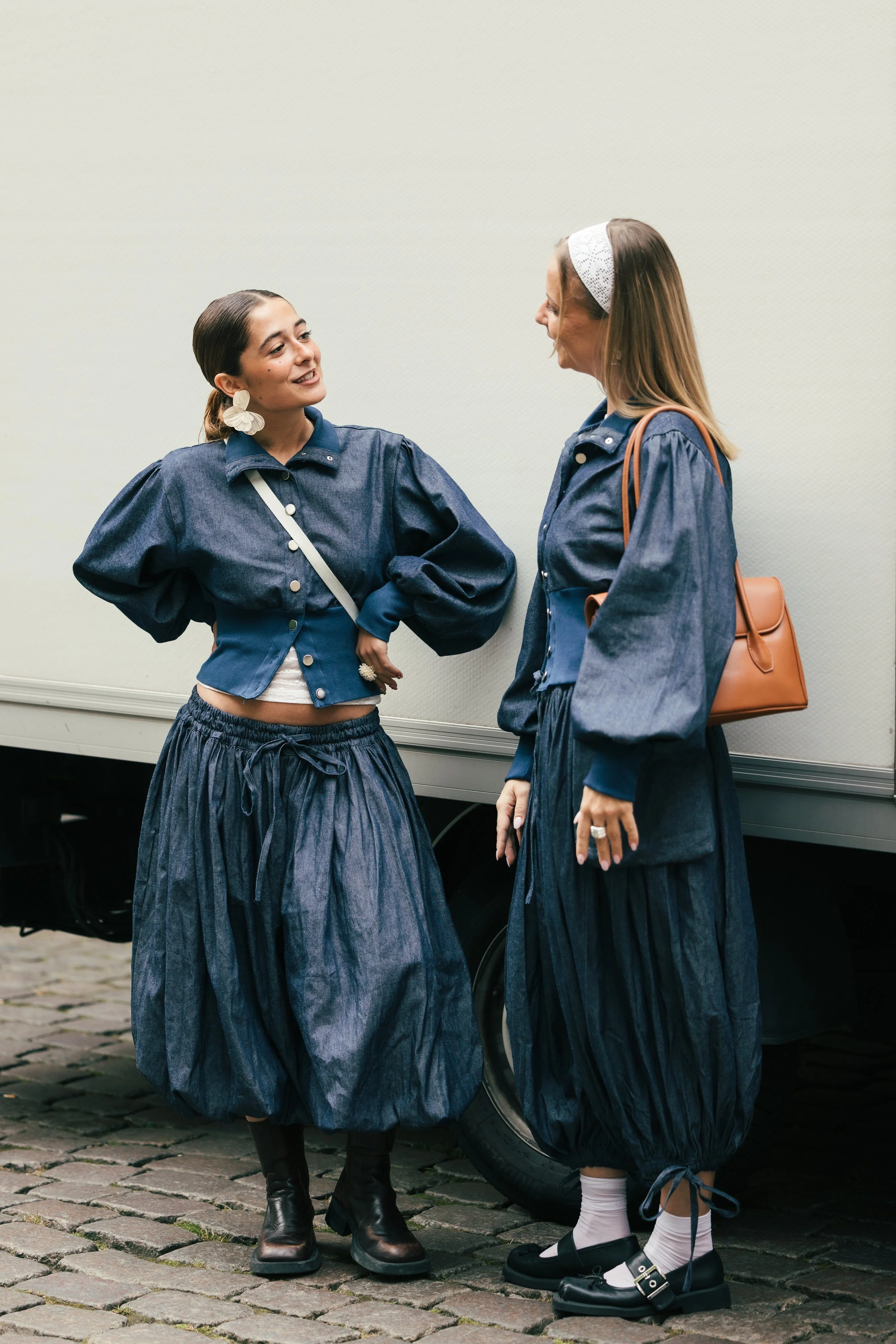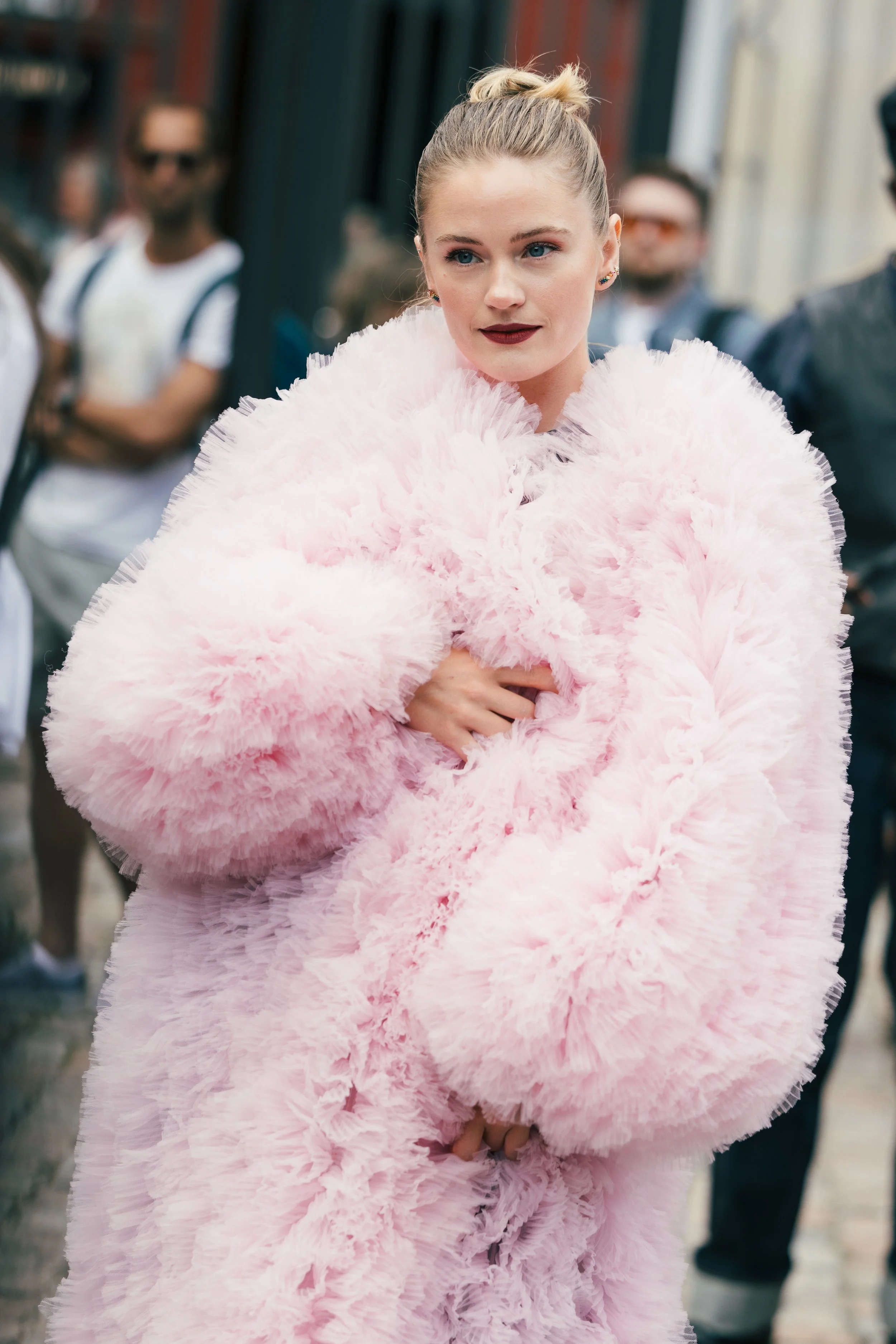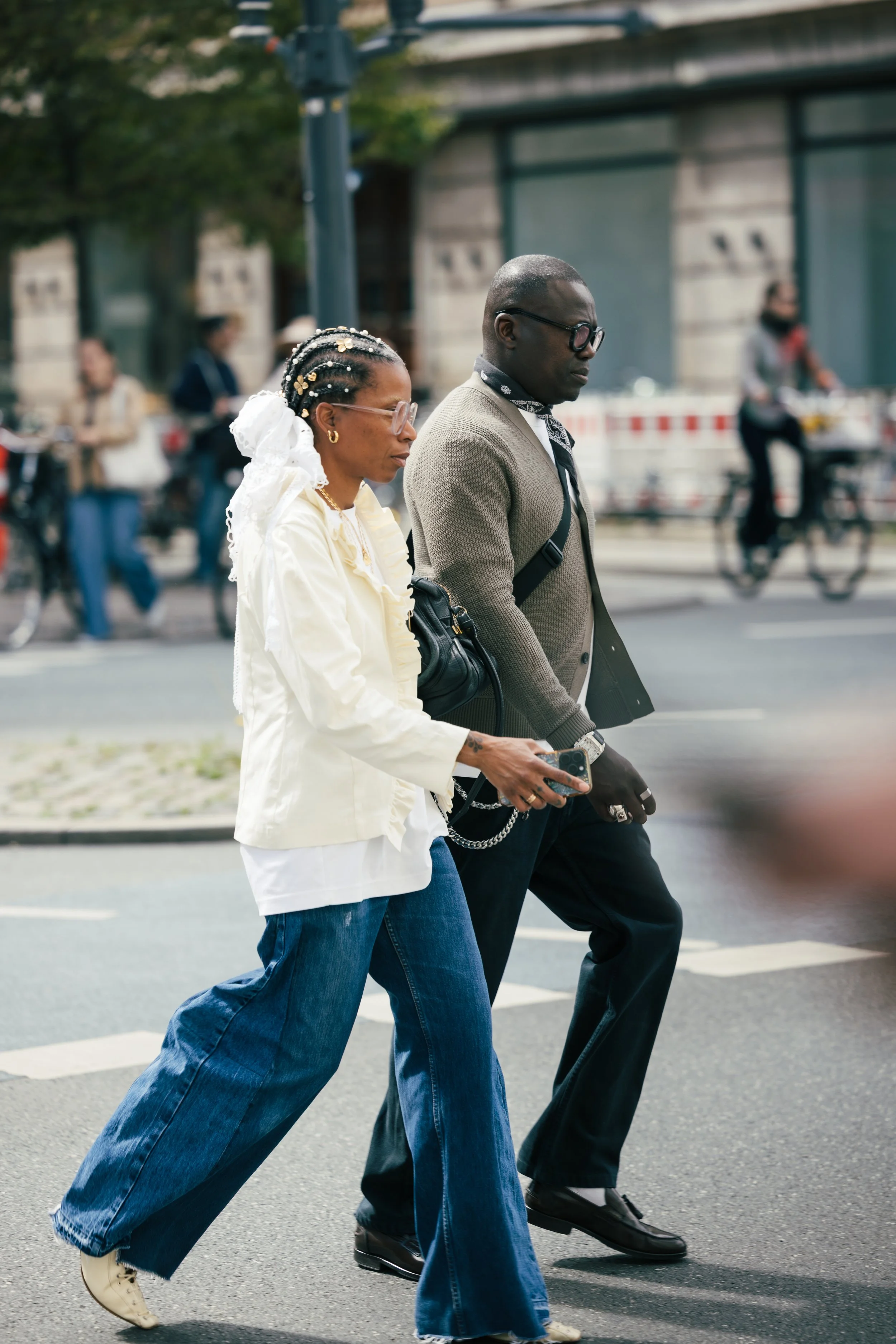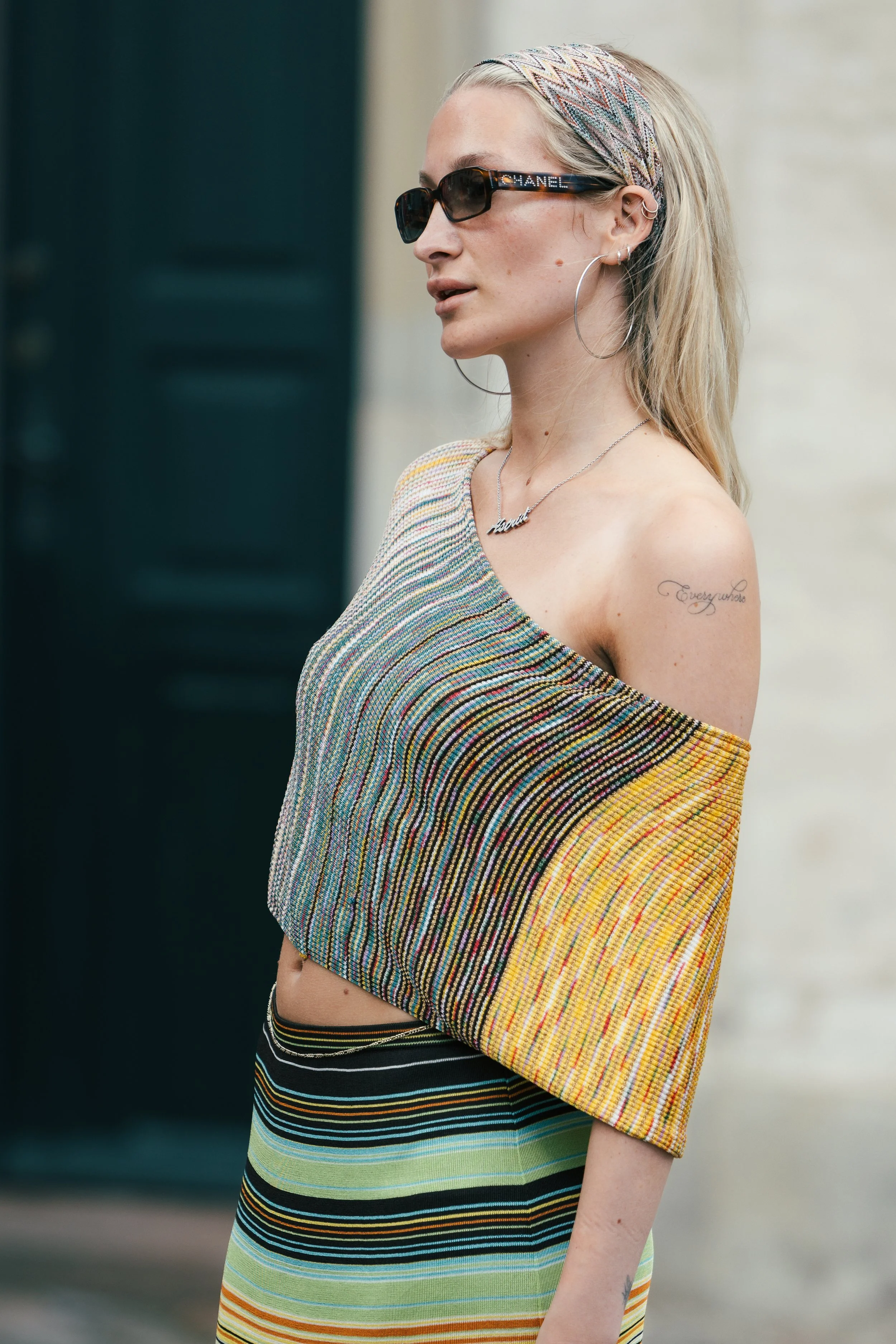From Copenhagen to Your Closet: Why Everyone Wants to Dress Like a Scandi Girl
Somewhere between Copenhagen’s cobbled bike lanes and Stockholm’s perfectly curated breakfast tables, a new kind of style icon was born: the Scandi Girl. She’s minimalist but never boring, effortless but somehow always put-together, and she probably has an oat milk flat white in hand. Over the past few years, this low-key Northern European aesthetic has gone global—partly because of the clothes, but also because of the vibe. It’s not just a fashion trend. It’s a lifestyle. And it's everywhere.
A Look That Doesn't Try Too Hard (But Always Works)
Scandi Girl fashion is all about balance. Think oversized blazers thrown over delicate dresses, relaxed trousers paired with tailored shirts, and monochrome layers with just a hint of pastel or print. Shoes are flat and practical—loafers, sneakers, maybe a chunky boot in winter. Jewelry is simple but intentional. Hair is usually undone but perfect in that just-woke-up-like-this kind of way.
She doesn't follow trends blindly; she builds a wardrobe of elevated staples. It's the kind of style that says, "I care about how I look, but I didn’t stress about it." And that kind of confidence? It wears well.
From Nordic Minimalism to Global Cool
The roots of this aesthetic go way back. Scandinavian fashion has always leaned toward functionality, simplicity, and quality over flash. But something shifted in the late 2010s and early 2020s. Minimalism got a little more playful, comfort became chic, and a new generation started showing up online wearing linen shirts, oversized coats, and carrying tote bags with sourdough inside.
Part of what makes Scandi style so appealing right now is that it fits perfectly with everything else people are craving: a slower lifestyle, good design, better food, and the feeling that maybe—just maybe—you have your life together.
Because let’s be honest, we’re not just talking about clothes here. We’re talking about breakfast spreads with crusty bread, eggs with soft yolks, butter in little ceramic dishes, sunlit interiors filled with Scandinavian furniture, and playlists full of Sufjan Stevens and Robyn. The aesthetic stretches beyond your closet into your kitchen and your living room—and that’s exactly the point.
Matilda Djerf: The Face (and Haircut) of a Generation
If you had to name a single person responsible for turning Scandi Girl style into a TikTok obsession, it would be Matilda Djerf. The Swedish influencer-turned-entrepreneur became the poster girl for blowout hair, oversized tailoring, and that perfect mix of feminine-meets-androgynous that defines the look. In 2019, she launched **Djerf Avenue**, a clothing brand that leans into timeless, ethically made basics and proudly avoids trend-chasing.
But in 2023, Djerf faced some controversy when former employees came forward with concerns about the work culture at her company. While the allegations sparked conversations about what it means to build an “ethical” brand beyond the production line, it didn’t put a dent in the aesthetic appeal of the Djerf Girl look. If anything, it highlighted the tension between image and practice that often exists in influencer-led brands. That said, her clothes—and her styling—remain as influential as ever.
Copenhagen Fashion Week: Not Just a Pretty Runway
A big part of why Scandi style is having such a moment is because of Copenhagen Fashion Week. Founded in 2006, it’s become one of the most forward-thinking fashion events on the global calendar. While it doesn’t have the celebrity front rows of Paris or Milan, what it does have is a serious commitment to sustainability—and some of the best street style out there.
Since 2020, CPHFW has required participating brands to meet strict sustainability standards, making it the first fashion week in the world to take real action on environmental responsibility. It’s also where emerging designers get their big break, which keeps the energy fresh and experimental. The vibe? Less red carpet, more bike-friendly. Less haute couture, more “I could actually wear that to work and feel amazing.”
Copenhagen Fashion Week isn’t just a trend factory. It’s becoming the industry’s moral compass—and one of its most exciting launchpads.
Brands That Made the Look (and Still Run the Show)
Let’s talk about the labels that built the Scandi wardrobe, each with its own spin on the aesthetic.
H&M, founded in 1947 in Sweden, introduced a kind of mass-market minimalism to the world. While it helped popularize the look globally, it’s important to say clearly: H&M’s fast fashion model doesn’t align with the ethical or sustainable values that define the modern Scandi Girl vibe. Style-wise? Sure. Sustainability-wise? Not so much.
For a more high-end take, Acne Studios (founded in 1996 in Stockholm) brings a cooler, more artistic edge to Scandinavian fashion. Think boxy silhouettes, unexpected proportions, and a palette that’s as moody as a Swedish winter sky. Acne isn’t trying to be soft—it’s fashion with attitude.
Then there’s Ganni, founded in 2000 and given a new direction under Ditte Reffstrup in 2009. Ganni redefined what Scandinavian fashion could be—less stark, more joyful. With bold prints, playful dresses, and a mix of feminine and quirky, Ganni is for the Scandi Girl who wants to have fun *and* be taken seriously. The brand walks a realistic line on sustainability: not perfect, but progressing—and that transparency resonates with younger consumers.
Stine Goya, founded in 2006 in Copenhagen, is another name worth knowing. Her designs are colorful, painterly, and a little dreamy—like if your favorite art class turned into a wardrobe. Goya’s clothes bring playfulness to the Scandi style without losing the core of wearability. And finally, Cecilie Bahnsen, who launched her brand in 2015, creates dresses that look like modern-day fairytales. With voluminous shapes and delicate textures, her work shows that Scandinavian fashion isn’t all clean lines and practicality—it can be romantic, too. Bahnsen’s designs are handmade, timeless, and unapologetically dreamy.
Beyond the Clothes: A Whole Lifestyle
Scandi Girl style is just one part of a bigger cultural wave. From design (hello, Muuto lamps and Ferm Living furniture) to food (soft-boiled eggs, sourdough, and perfectly salted butter), the Scandinavian lifestyle is becoming a full-on global fantasy.
It’s aspirational, yes—but also strangely accessible. You don’t need a designer budget or a passport to Denmark to embrace the vibe. You just need a blazer, a well-lit kitchen, and a desire to slow down a little. It’s about choosing quality over quantity, calm over chaos, and maybe trading your dopamine dressing for some sartorial serotonin instead.
In Conclusion: The Rise of the Scandi Girl
What makes the Scandi Girl aesthetic so powerful is that it isn’t shouting to be seen—it’s quietly self-assured. It doesn’t chase trends, it defines them. It doesn’t try too hard, but it still turns heads. And while it’s easy to focus on the fashion, the real appeal is the mindset: a calm, conscious approach to beauty, living, and self-expression.
Whether you're wearing a Djerf Avenue blazer, a Ganni print dress, or just pairing eggs and rye bread for breakfast like a true minimalist icon, the message is clear: looking good and feeling grounded don’t have to be mutually exclusive. The Scandi Girl knows this—and now, the rest of the world does too.
by Isabell Gielisch
Photography : Chris Mang
